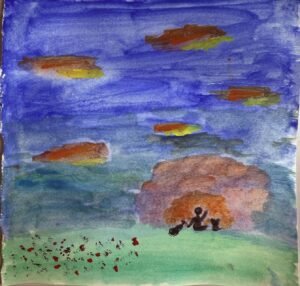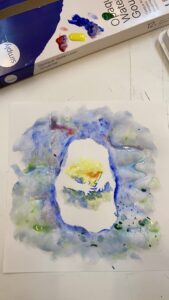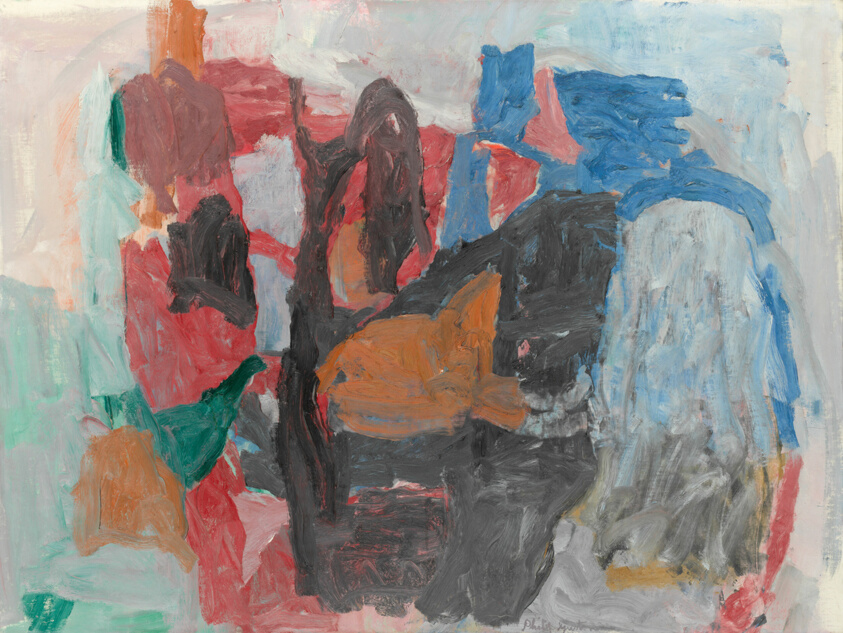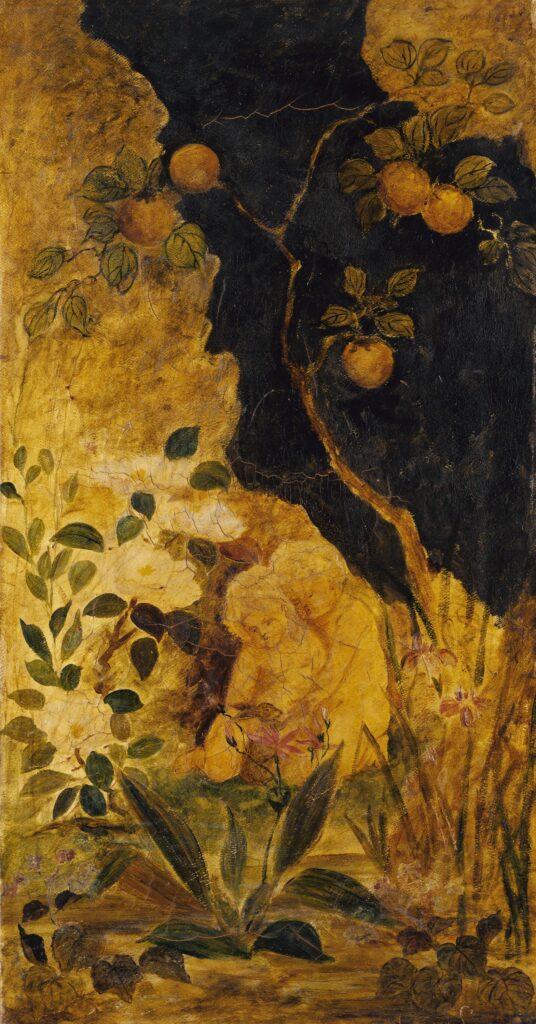The inner child personality

Summary
Self-awareness is the understanding and insight into one’s inner world. Visualizing self-awareness can help us recognize our strengths, weaknesses, and potential abilities. This can be achieved through creating a “portrait of the inner child.”
“Be Your Own Light”
This toolkit will guide you in visually exploring and healing your inner emotional world through open-ended creation. Art-based healing through painting is a significant form of art therapy, offering the inner child a free and non-verbal means of expression, fostering profound self-integration and personal growth.
-
Step 1: Thematic Reflection Guidance (2 minutes)
What is the inner child?
The inner child refers to the innocent aspect of ourselves that remains within our psyche. It symbolises the emotions, memories, needs, and wounds we accumulated during childhood.
Why is it important to heal the inner child?
Understanding the inner child helps us fully embrace ourselves and reconnect with parts that may have been neglected or suppressed.
-
Step 2: Material Selection (2 minutes)
1. A sheet of white paper.
2. Fun and familiar materials:
Crayons, markers, or coloured pencils: These evoke childhood memories and encourage free expression.
Clay or playdough: These promote tactile interaction and emotional grounding.
Watercolours or finger paints: These allow for fluid, intuitive creation without rigid boundaries.
After choosing your preferred creative tools, let’s start with a simple warm-up! (1 minutes)
Please use this link to complete three quick doodle exercises within the allotted time. (Remember to come back after your warm-up!)
https://quickdraw.withgoogle.com/
-
Step 3: Complete an Emotionally Expressive Artwork (13 minutes)
“The First Conversation with Your Inner Child”
Before starting your painting, play this gentle piece of music. Put on your headphones, close your eyes, and take three deep breaths to connect with your inner self.
♥During the conversation, take a moment to reflect and summarize your feelings in one word.(3 minutes)
Recall a memorable event from your childhood. What color and texture come to mind?
Do you remember your childhood dream What was it?
Is there anything or any moment that you miss the most?
How do you feel right now?
Please note that during the process of exploration, there is no right or wrong way.
-
Based on the four words noted during the conversation, imagine what colors and shapes best express the personality of your inner child.
you’re not confident in drawing, you can use any colours and forms to express their emotions and personality
For example, soft colours can symbolise calmness and gentleness, bright colours can represent joy, while dark or muted tones may convey sadness or unease.

Childhood Fantasy by Chuyue Xu

Kids Who Need Affirmation by Yiran Gu
-
It doesn’t need to be a detailed representation—it can be constructed through a unique combination of colours, shapes, and textures to reflect one’s personality.

Rite by Philip Guston
-
If you have a background in drawing, try creating a “secret hideout” for yourself and your inner child

Panel for a Screen: Children Playing with a Rabbit by Pinkham Ryder
-
Step 4: Record Your Emotions and Engage in Self-Reflection (3 minutes)
•Give your artwork a title.
•Briefly describe the personality of your inner child.
•What emotions and memories emerged during the creative process?
•Do the elements in your artwork (colours, shapes, symbols) hold any specific meaning?
Congratulations on completing your journey of self-exploration!
-
Step 5: Share and Discuss Your Artwork with Group Members (Optional Step):
♥Introduce your inner child to the group, allowing others to gain insight into this part of you.
Additional Resources:
The following links provide a variety of approaches to art-based painting therapy. Feel free to explore them based on your interests.
1.This is an art therapy tutorial that integrates neuroscience and mindfulness practices. (8 minutes)
https://youtu.be/NoIgdt-uQR0?si=Xwp4cqeeyqngyimP
2.Follow Erica Pang in this step-by-step therapeutic art activity designed to creatively connect with and nurture your inner child. (6 minutes)
https://youtu.be/DFCXVhWhgiA?si=xj6pR4P560zBr7oD
3.This video guides viewers through a Jungian art therapy exercise aimed at uncovering their inner symbols. The practice involves creating a collage, engaging in active imagination, and then painting or drawing the symbols. (13 minutes)
https://youtu.be/d953ylV03p4?si=6FqxZTjqiIBAi79z
Reference:
- 癒しのサウンド月の輝きと共に集中する . 2024. “月の輝きと共に集中する | 癒しのサウンド.” YouTube. October 30, 2024. https://youtu.be/KO8UyBoDQF8?si=UAoo5Wx-PVXX9B4D.
- Childhood fantasy © 2024 by Chuyue Xu is licensed under CC BY-SA 4.0. To view a copy of this license, visit https://creativecommons.org/licenses/by-sa/4.0/
- Kids who need affirmation © 2024 by Yiran Gu is licensed under CC BY-SA 4.0. To view a copy of this license, visit https://creativecommons.org/licenses/by-sa/4.0/
- Guston, Philip. 2024. “Rite | the Art Institute of Chicago.” The Art Institute of Chicago. 2024. https://www.artic.edu/artworks/9524/rite.
- Ryder, Albert Pinkham. 2024. “Panel for a Screen: Children Playing with a Rabbit.” Smithsonian American Art Museum. 2024. http://n2t.net/ark:/65665/vk7ae14b400-4947-404d-b8a9-d6a504d6fb31.
内在儿童人格 © 2024 Shumiao Cheng 版权归 CC BY-SA 4.0 所有
(65 Chickie Wonder posted a Little Red Book note, check it out! 😆 OUZ2Der819eWnFY 😆 http://xhslink.com/a/s5oSaVV69X0Z, copy this message and open the [Little Red Book] app to view the highlights!)


